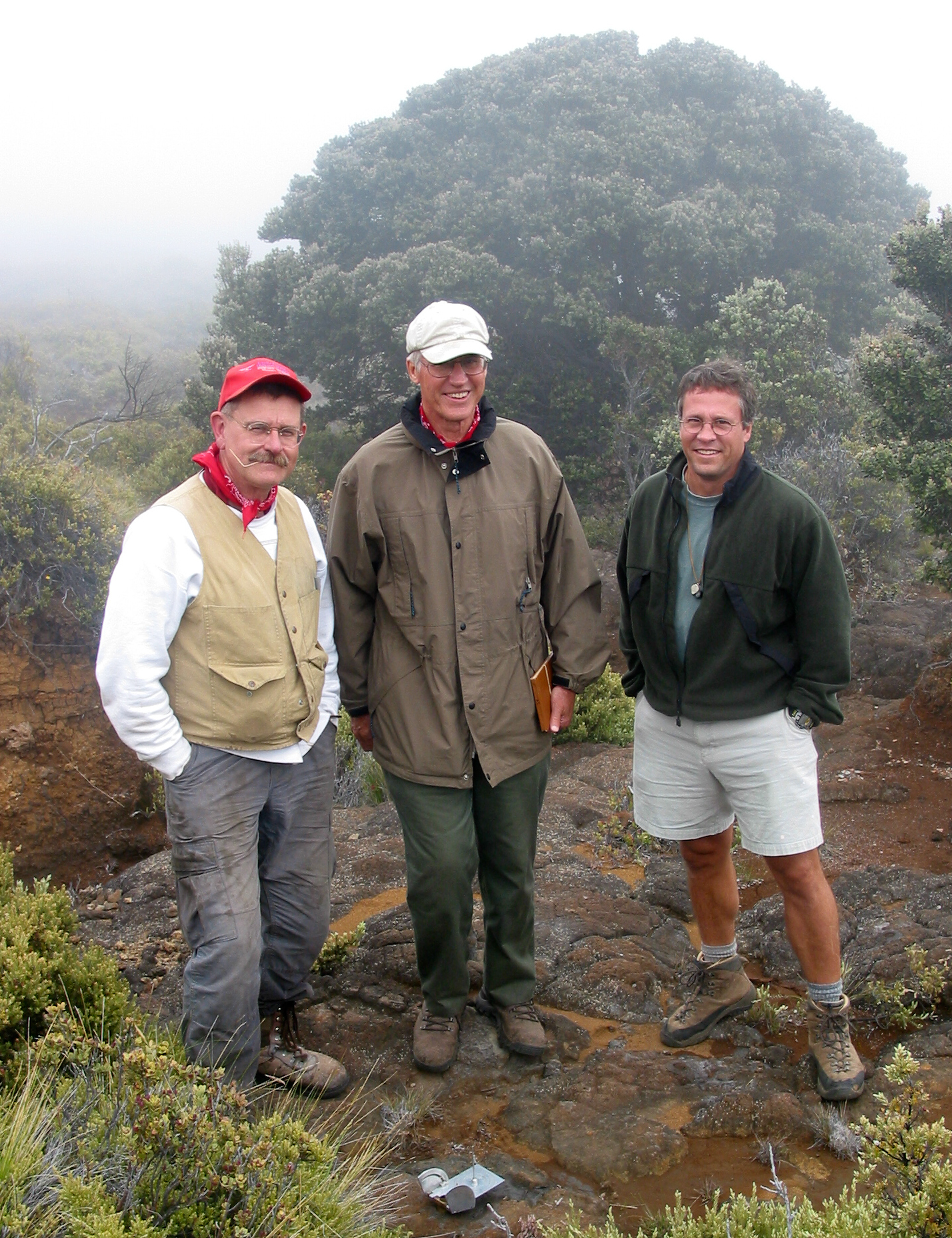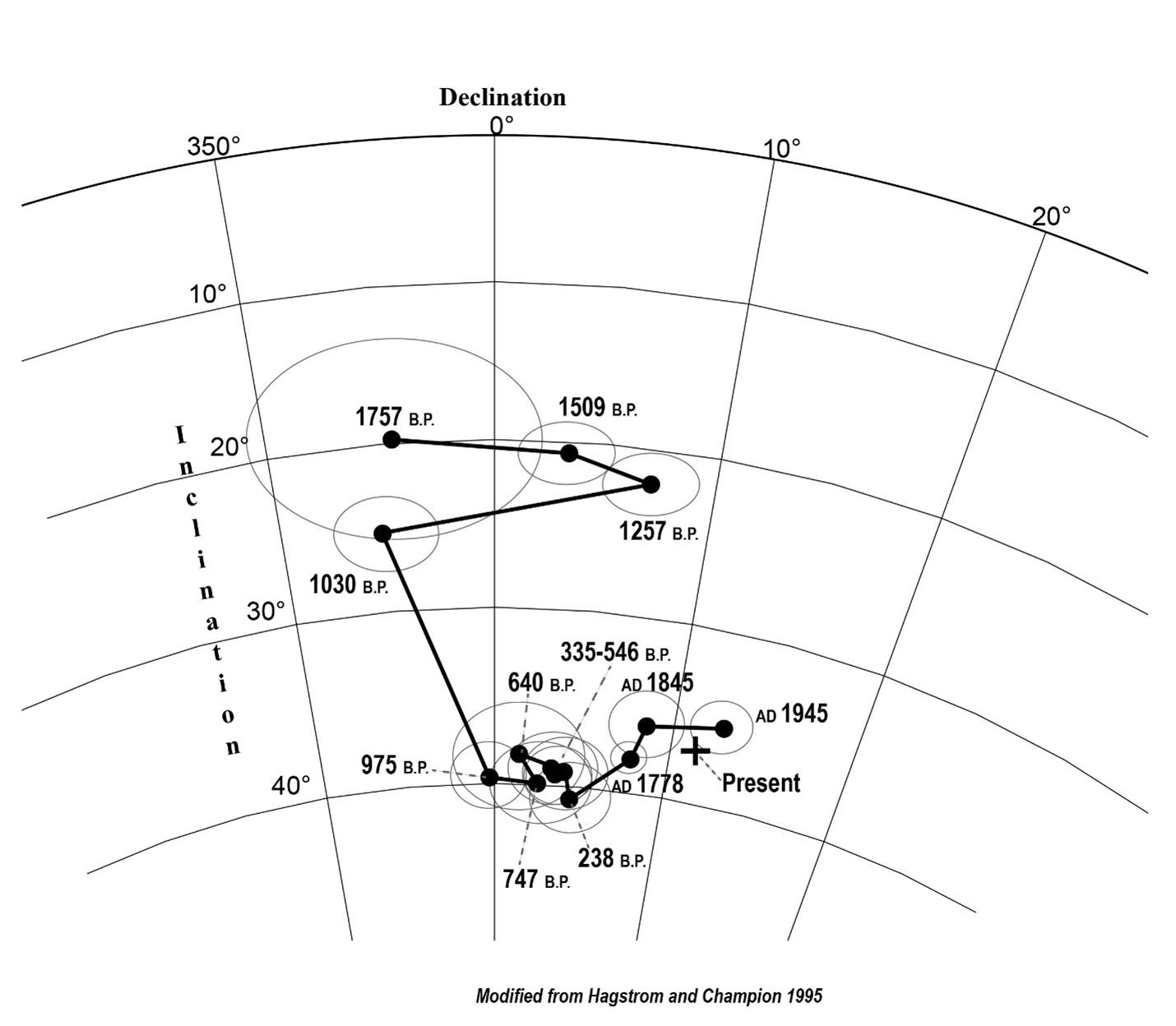FUNDING AGRICULTURE AND FOOD SECURITY has won approval from the U.S. House of Representatives Committee on Appropriations. Congressman Ed Case said at least 12 bills will directly support measures in Hawai'i. However, he said he is deeply concerned about proposed deep slashes to WIC, the Special Supplemental Nutrition Program for Women, Infants and Children. Case said he "could not support the overall measure in its current form because its proposed reduction of overall funding to $17.1 billion, a level last seen in 2007, does not match current needs.
"The proposal slashes funding to critical programs I have supported in the past including harmful changes to the Women, Infants and Children cash value voucher that cuts benefits for five million women, infants and children enrolled in the program. In another example, this funding measure will hurt my Hawai‘i by denying assistance to needy farmers through the distressed farm loan program.”
Overall, the FY 2024 Agriculture, Rural Development, Food & Drug
Administration and Related Agencies Appropriations bill proposes to spend
$25.3 billion to support the bulk of the programs of the Department of
Agriculture. Case said, “My Committee’s agriculture funding bill recognized that dangers that
invasive species pose to our Hawai'i’s unique ecosystems, natural
resources and agricultural communities. The bill provides
resources and the federal focus needed to help Hawai‘i combat Coffee Leaf
Rust, the Coffee Berry Borer, the Avocado Lace Bug and other invasive
species.”
Case said he was able to secure a number of programs and provisions including: $36 million for Agriculture Quarantine Inspections to prevent
infestations of pests and diseases. $15 million for the Minor Crop Pest Management Program to provide
expert assistance to minor and specialty crop producers; $122 billion for the Supplemental Nutrition Assistance Program; $269 million in ReConnect funding to meet continued strong demand
to provide loans, grants and loan-grant combinations to facilitate
broadband deployment in rural areas; $32 billion for child nutrition programs; a $3.5 billion increase over FY
2023, which includes the National School Lunch Program, School
Breakfast Program and Summer Food Service Programs.
Also approved is $1.2 billion for the Animal and Plant Health Inspection Service that
includes $9 million for specialty crop pests; $1.6 billion for the Rental Assistance Program; $374 million for the Commodity Supplemental Food Program, which
provides food to low-income seniors; $125 million for the USDA Wildlife Damage Management Program and $50 million for loans authorized in the Farm Security and Rural
Investment Act of 2002.
In addition is $20 million for Rural Cooperative Development Grants including $8
million for the Value-added Agricultural Product Market Development
Grant Program; $8 million for the Grassroots Source Water Protection Program that is
designed to prevent water source pollution; $3.5 million for Agricultural Canine Detection and Surveillance of
invasive species and diseases, an increase of $500,000; and maintenance of funding for coffee research to address the threats of
Coffee Leaf Rust and Coffee Berry Borer on our iconic coffee
industry.
The bill provides recognition of the critical need for continued tropical and subtropical
crops research; maintenance of funding for research on the macadamia felted coccid; and $5 million for Education Grants for Alaska Native and Native
Hawaiian-Serving Institutions, the first increase for this vital program
in years. Case said, "This program addresses the
educational needs of food and agricultural sciences-related disciplines and prepares low-income students for careers related to food, agricultural and natural resources.
educational needs of food and agricultural sciences-related disciplines and prepares low-income students for careers related to food, agricultural and natural resources.
Other funding includes $2 million for aquaculture research programs and recognition of the
essential role the program plays in regional aquaculture centers; $91 million for the Economic Research Service; recognition of the importance of continuing to support combatting
invasive species in the Indo-Pacific; protection fo current funding level for the macadamia tree health
research initiative and directing the Agricultural Research Service to ensure each of its
facilities housing animals are adhering to the Animal Welfare Act at
all times.
The measure continues to support coordinated research efforts to address the
impact of the Avocado Lace Bug.
It supports strategies to mitigate the impact of axis deer on native
forests.
The bill now moves onto the full House of Representatives for
consideration.
To read comments, add your own, and like this story, see facebook.com/kaucalendar. See latest print edition at kaucalendar.com, in the mail and on stands.
UNVEILING EARTH'S MAGNETIC SECRETS is the subject of U.S. Geological Survey's Hawaiian Volcano Observatory's latest Volcano Watch, which is written weekly by scientists and affiliates. This week's column focuses on paleomagnetism and its geological applications:
When we think about the Earth's magnetic field, we often associate it with compasses and navigation. However, did you know that our planet's magnetic field has a rich history of change, including switching of polarity, that spans millions of years?
This captivating field of study, known as paleomagnetism, allows us to delve into the Earth's magnetic past and understand how our planet has evolved over time. In this Volcano Watch, we will explore the concept of paleomagnetism, its components, its significance in geology, and the noteworthy contributions of USGS scientist Duane Champion in volcanology. This article is dedicated to Duane, a good friend and valuable colleague who passed away earlier this year.
This captivating field of study, known as paleomagnetism, allows us to delve into the Earth's magnetic past and understand how our planet has evolved over time. In this Volcano Watch, we will explore the concept of paleomagnetism, its components, its significance in geology, and the noteworthy contributions of USGS scientist Duane Champion in volcanology. This article is dedicated to Duane, a good friend and valuable colleague who passed away earlier this year.






.jpg)






.jpg)



